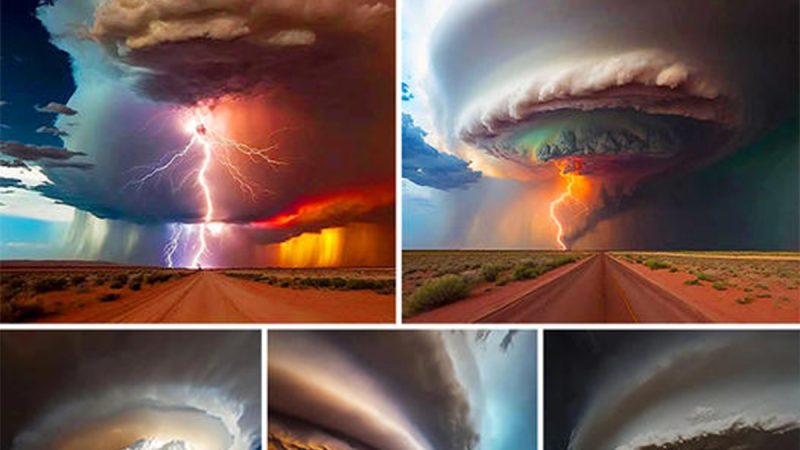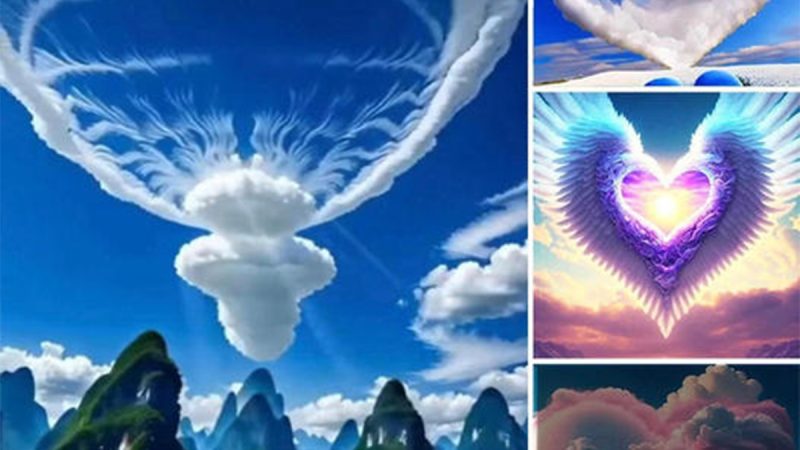NASA researchers told us about the biggest ‘atomic bombs’ in the universe
A supernova is a massive explosion that emits enormous energy and brightness, outshining an entire galaxy, containing hundreds of billions of stars.
Astronomers Walter Baade and Fritz Zwicky coined the term “supernova” to describe the remnants of neutron stars in 1933, according to Popular Mechanics. Prior to this, astronomers referred to any ancient celestial object that exploded in the sky as a “nova,” meaning “new” in Latin. Supernova explosions are divided into two main groups with completely different conditions and driving mechanisms. The first type is Type II supernovae, which collapse into the core. They occur when a giant star approaches the end of its lifespan.
Every star in the universe fuses elements in its core throughout its lifetime, from the smallest star that is only 1/10 the mass of the Sun to the largest star that is 100 times the mass of the Sun. They combine hydrogen atoms to form helium for most of their existence. Sun-like stars can exist for about 10 billion years before they enter their final phase, expanding into a red giant. However, the largest stars with extreme gravity compress the core, depleting their hydrogen reserves in just a few million years.
After using up the hydrogen, giant stars start fusing helium into carbon and oxygen, then into silicon and magnesium. Finally, they create a sphere of nickel and iron at the core. Just before the moment of death, the star swells like a monster. Its outermost atmospheric layers completely break away. Inside, the star is like an onion with the iron core surrounded by many lighter elements.
Each stage in the star’s life cycle is shorter than the previous one. The star spends millions of years quietly burning all of its hydrogen, less than a million years fusing helium. It can sustain the carbon fusion reaction for 1,000 years. The products of the iron fusion reaction in the core exist for a total of 15 minutes. All stars with masses from 8 to 200 times that of the Sun undergo the same process.
Iron fusion does not produce any energy. Instead, the reaction consumes energy to fuse iron into heavier elements. The remaining part of the star collapses into the core, but there is no energy released from the nuclear reactions to balance it. The star’s entire mass presses down on the core until iron atoms rearrange themselves, with electrons moving inside protons, turning the entire mass of iron into a massive neutron ball.
Until the neutron ball can no longer withstand the pressure, it collapses, and a shockwave spreads outward. In just a few seconds, the star explodes in a supernova, shining brighter than an entire galaxy. The explosion releases an enormous amount of energy and heavy elements, which spread out into space, forming new stars and planets.
Hits: 0








